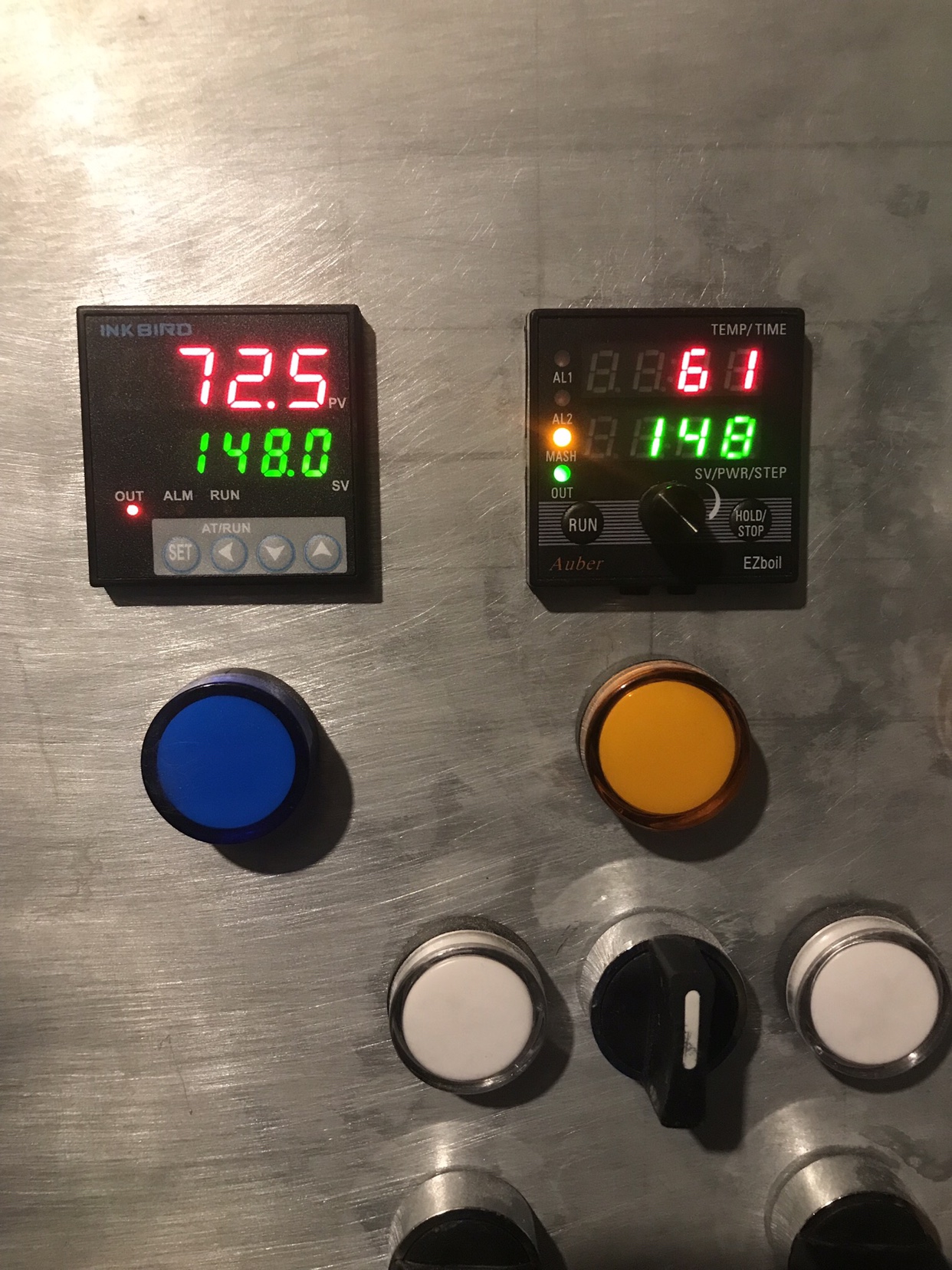Action
Well-Known Member
I am building an HLT with a 2000w 120v element. Thought I was going to use an Inkbird ITC 308 I have...wrong only rated to 1000w. So I have an Inkbird ITC 106vh and a ssr-40da. I am wanting some help wiring this thing. I only want an on/off switch and and a plug for cord to element. Pretty simple I know. This is just not my strong point. I did search and read 100's of pages but didn't really find what I was wanting.
Thanks for any help.
Jack
Thanks for any help.
Jack






